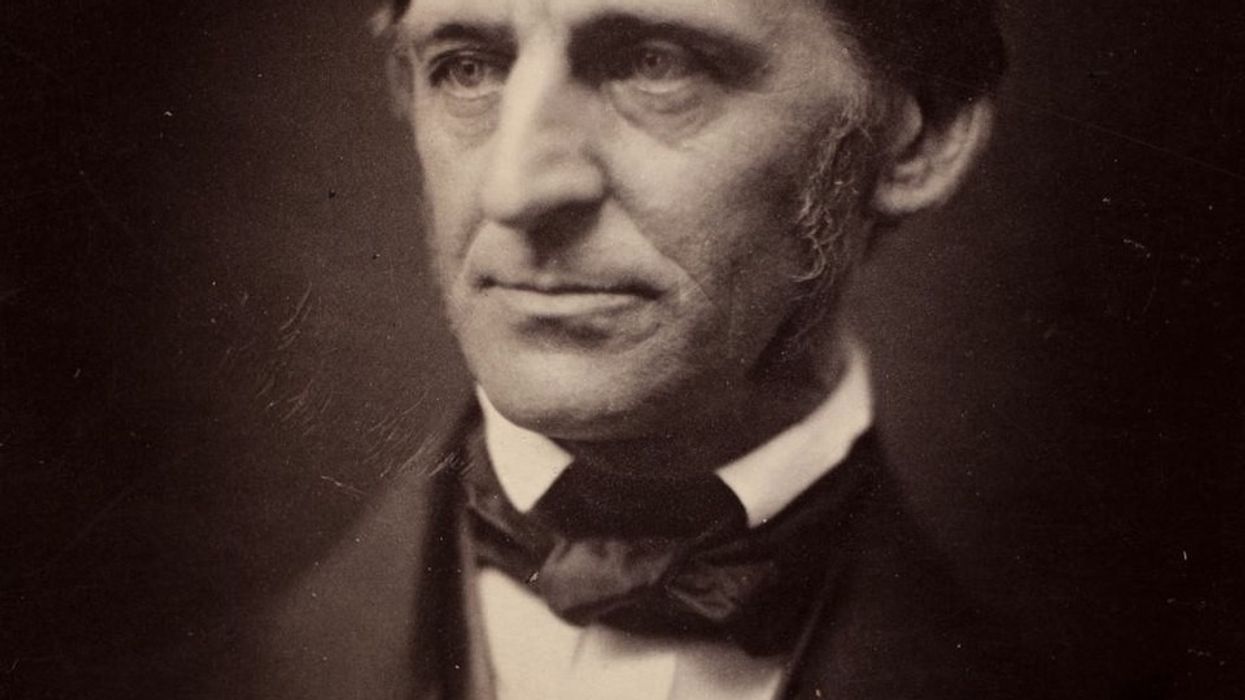We all do it. Our favorite magazine arrives, we dutifully place it on the coffee table in anticipation, looking forward to spending a leisurely Saturday morning devouring every page. And then, life happens. Turns out this Saturday is that brunch you forgot about. Sunday’s no good either. And so the weeks pass. The magazine gets buried under the detritus of your day.
We now have constant and universal access to information; we pay for connectivity, but we very seldom pay attention. But what if media required our undivided focus? What if journalism became something you couldn’t put down for later? What if that much-anticipated issue became ephemeral? Would it be more valuable if it existed for just one night? Douglas McGray thinks so, which is why he and a group of friends founded Pop-Up Magazine, a unique endeavor that refuses to gather dust on your coffee table.
Pop-Up is a magazine upon a stage, an experience that unfolds with an impressive collection of nationally acclaimed journalists, commentators, photographers, radio producers, filmmakers, and artists. Nothing is taped or recorded, nothing tabled for later—you leave the issue with no proof of your experience, no artifact of the stories you’ve seen.
As Pop-Up’s Editor in Chief, McGray wants to push and expand the conceptual limits of traditional media. “We are all lovers of magazines and photography, and art, and documentary film and radio. With Pop-Up, we aren’t so much addressing a flaw in magazines but rather trying to see what all a magazine could be. Our love of the form inspired a little bit of experimentation. We wanted to know, what would a magazine be if you did it live? For one thing, the contributors will be there and they will feel close to the audience, and the audience will feel close to them, and that connection will allow us to do things that are uniquely suited to the live space.”
What kind of things? Any number of magazines invite you to read a recipe for a hot new cocktail, but in Pop-Up, that recipe includes a live drink demo followed by that same drink being imbibed by the audience after the show. How about a fully-immersive infographic, like when the folks from Wired enlightened the audience on the extreme use of energy at Disney World by cranking every light in the venue to “11” and explaining that to reach the amount of power the theme park uses in just one day, you would need to leave those house lights cranked up for more than 10 years. Another more somber story documented the budding Facebook relationship between a former Guantanamo prison guard and a released Guantanamo prisoner.
In a stand-out moment, a journalist shared a piece on her elderly father becoming a competitive weightlifter. She wryly recounted his unlikely national and international victories in his age bracket. The story was uplifting and people applauded, but when she suddenly surprised the crowd by introducing her father and he stepped onto the stage, the audience erupted into a joyous and extended standing ovation. Remembering the moment, McGray asks, “How often do you get the chance to cheer for an article?”
The magazine is structured like its more traditional cousins. Shorter stories open each issue, followed by gadget and product reviews. Articles on food and family might lead to travel and then on to infographics or sports, culminating with its feature stories. “We like to include both personal and larger issues; we like to do stuff that’s heavy and intellectual, as well as stuff that’s light and funny; we like each issue to teach us about all kinds of subjects,” says McGray.
Based in San Francisco, Pop-Up has so far wrapped three issues, the last of which was held in mid-April before a nearly 1,000 person crowd at the sold-out Herbst Theatre. In an age where our digital footprints are permanent, information a mere click away, Pop-Up thrives because it is unexpected and momentary: There are no back-issues, it can’t be Tivoed, and good luck trying to google it later. “When everything gets thrown online…instantly documented, archived, available in web browsers forever and ever, it takes away the specialness a bit,” explains McGray. “We don’t do Pop-Up frequently. When we have it, people are excited about it and excited to come out and have an experience together. It’s participatory. It’s a community.”
And don't expect it to be online any time soon. But will it visit other cities? “It is really tempting; we are seriously considering it. If you are interested in finding out about when and where we will be having our next issue, sign up for the mailing list, follow us on Twitter, fan us on Facebook—I promise, you’ll be the first to know.”
Search
Latest Stories
Start your day right!
Get latest updates and insights delivered to your inbox.
We have a small favor to ask of you
Facebook is critical to our success and we could use your help. It will only take a few clicks on your device. But it would mean the world to us.

Here’s the link . Once there, hit the Follow button. Hit the Follow button again and choose Favorites. That’s it!
The Latest
Most Popular
Sign Up for
The Daily GOOD!
Get our free newsletter delivered to your inbox












